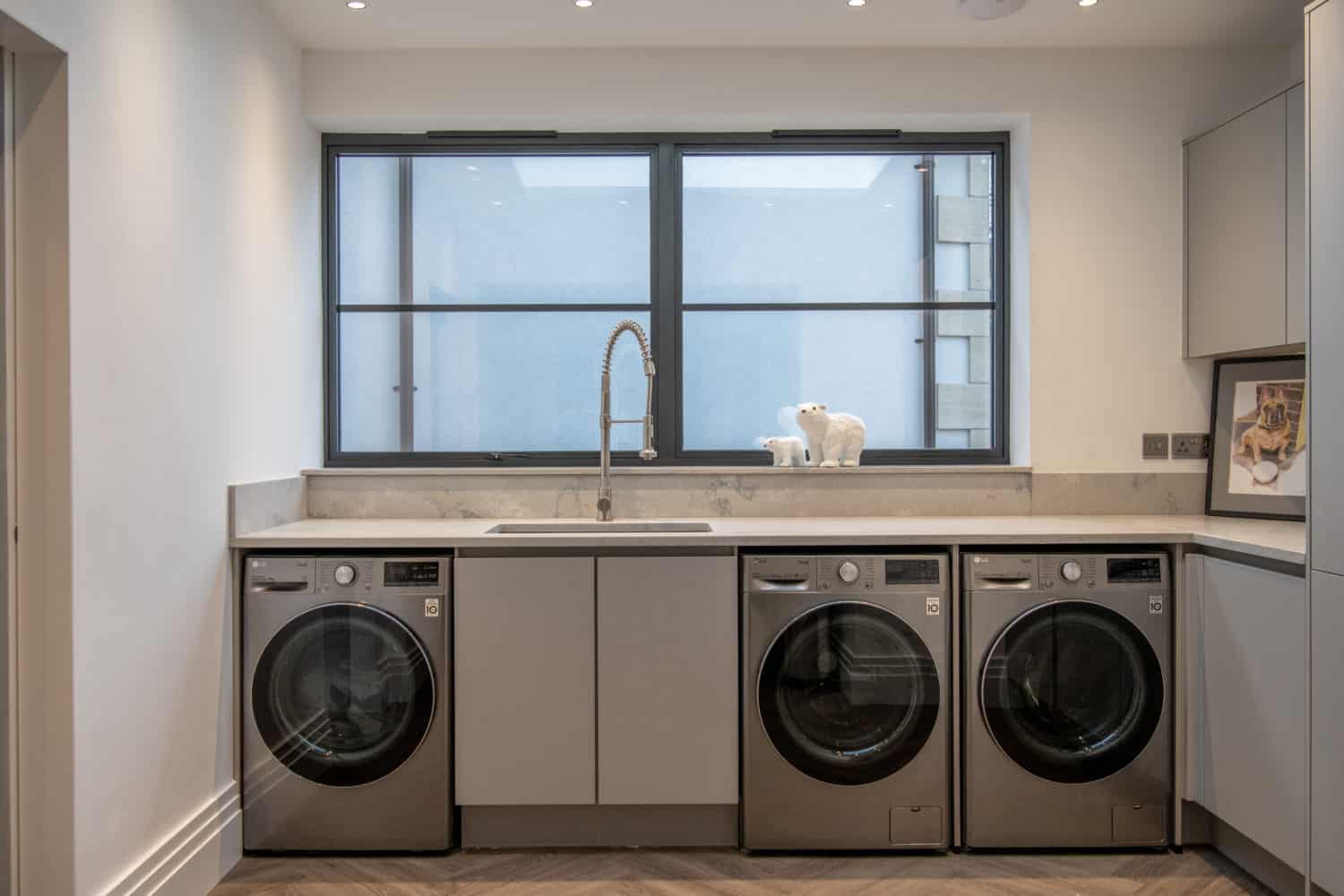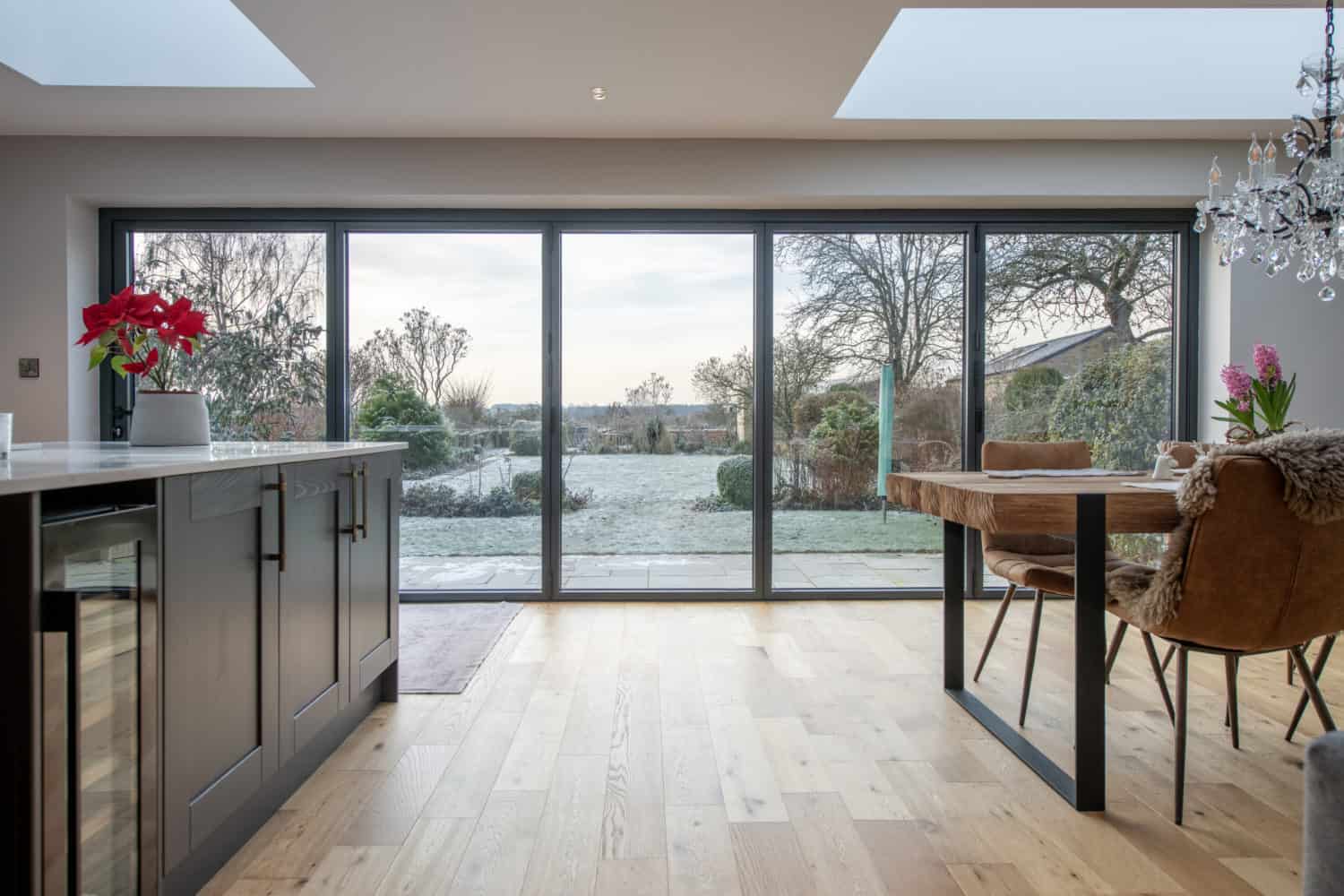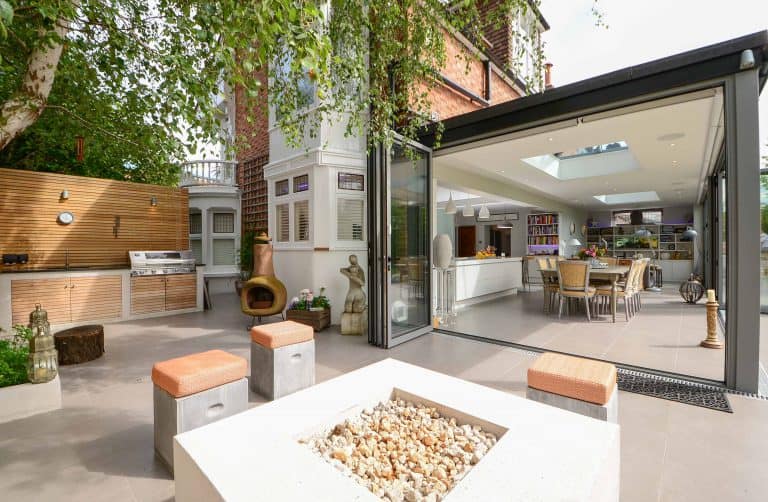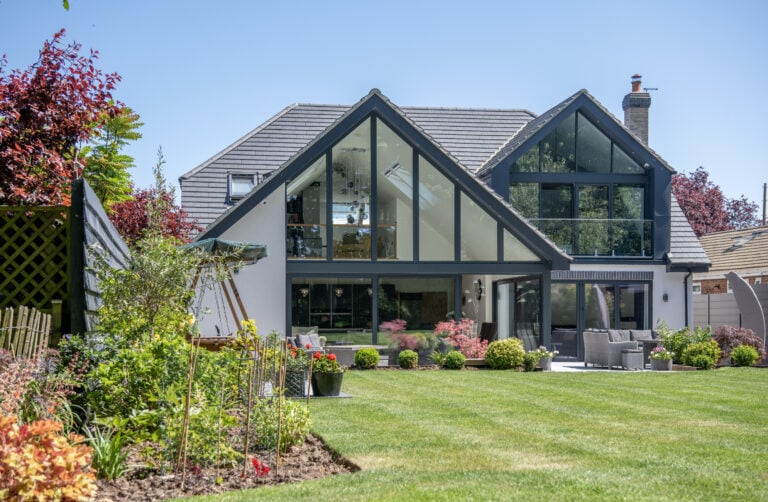How to reduce heat loss through windows
It goes without saying that nobody likes a drafty house. Not only does it make even the mildest of winters uncomfortable, but you’ll likely wind up paying a fortune trying to stave off the cold with your heating constantly cranked up to max.
Unfortunately, thermally insulating the walls of your home can only do so much to offset the effects of drafts and leaky windows, which makes it very important to minimise as much heat loss through the windows around your home as possible, especially if you want to save money on your energy bills once summer is over.
So, to give you a better insight into how to go about doing this, we’ve broken down the best ways to prevent heat loss through windows in your home, including cheap and quick tricks you can try today, and more expensive alternatives you can invest in if you have the budget to do so.

How much heat is lost through windows?
It may come as a surprise, but windows are one of the main contributors to heat loss in any home, particularly if they’re old and only single-glazed. In fact, estimates show that a home’s windows can be responsible for between at least 10-15% of the energy that escapes a property. And that’s assuming you have some form of double-glazing installed.
In fact, for a window heat loss comparison, if you’re home’s windows are only single-glazed, then there’s a good chance that you’re losing up to ten times more heat loss than a properly insulated external wall.
With double-glazing, this heat loss is cut by 50% or more, depending on other factors, such as having aluminium framed windows installed. But, either way, this should give you a clear indication of just why it’s so important to make sure that your windows are sealed properly.
Why do windows lose so much heat?
Without going too deep into the science, one of the main reasons why it’s so hard to prevent heat loss through windows is because glass is a phenomenally good conductor of heat, which simultaneously makes it bad at retaining it.
Essentially, when warm air touches your windows, its heat passes into the cold air on the other side, meaning that, without the right protection, you will experience very quick heat loss not long after turning your heating on without you really doing anything.
How to improve window insulation
Although heat loss through windows can’t be stopped, the good news is that it can be mitigated with the right improvements and home additions. To give you an idea of how to do this, here are our top steps to follow to prevent heat loss through your windows:
- Draft-proof your home – first things first, before making any adjustments to your windows, you should look at ways to draft-proof them. Seal up any leaks around the frame, check your windows for cracks, and consider installing a thermal film on the inside pane to mitigate the rate of heat transfer.
- Replace damaged windows – if you’re in a scenario where your windows are cracked or damaged in some way, replace them immediately to reinsulate your home. We guarantee you’ll notice a world of difference.
- Keep your windows covered – whether through blinds or thick curtains that wrap around right to your window’s edges, barriers such as these are excellent at preventing hot air from touching your windows. This will likely be your most cost-effective option, so long as you remember to keep them closed at night when you have the heating on.
- Investing in double-glazing – if your windows aren’t already, you should have them double-glazed as soon as possible. Double-glazing is one of the best ways to insulate your windows and is definitely worth the money. You can find out more about how it works in our blog on double-glazing and its benefits – including preventing condensation on windows.
- Invest in new frames – if your old frames are weathered and damaged on the outside, then it’s almost certainly a good idea to look into getting them replaced. We’d also recommend considering changing their material to aluminium or wood if they aren’t already, as these frame materials offer some of the best insulation value on the market for their cost.
- Be conscious of orientation – while not applicable for homes already built, if you’re planning on extending your home, then it’s always a good idea to do so on the west, east, or north side of your property. These sides get the most sunlight exposure throughout the year, allowing you to make the most of the day’s heat before it gets cold in the evening.
- Be conscious of size – as you might have already guessed, larger windows are responsible for a higher heat loss than smaller panes. So, if possible, always try to use small windows in your frames.
Do bi-fold doors cause heat loss?
Despite being made of large panes of glass and exposed directly to the outside air, bi-folding doors, or at least those we produce here at Express, are some of the most thermally efficient home fittings out there.
This is thanks in large part to their double-glazing and aluminium frame construction, which is focused on providing maximum heat retention while retaining all the visual and physical functionality such a door requires.
You can read more about this topic in our article discussing the benefits of bi-folding and sliding doors, as well as the specifications for all our window types in our downloadable product brochure.

What type of glazing should you choose?
As you can see, there are a quite few things you can be doing to help offset heat loss from your home, but having your glazing done correctly is one of the best ways to ensure maximum heat retention at all times of the year.
In short, double-glazing is a must, and if possible, you should definitely invest in triple-glazing if you have the budget. For example, if you choose to buy new windows with Express, not only will we construct them using an aluminium frame, but we’ll also give you the option of choosing one of our three different glazing types:
- Advanced glazing – despite what the name suggests, our advanced glazing comes as standard on all of our products, no matter if they’re a window or door. This advanced glazing is built with low-emission glass, which has a transparent metallic film installed on its interior pane to reflect heat back inside while simultaneously allowing in a normal amount of sunlight. This makes its heat retention rate comparable to triple-glazing but at a far more cost-effective price.
- Performance glazing – much like our advanced glass pane option, our performance glazing has similar low-emission properties, but also comes equipped with a solar coating to mitigate the level of solar heat absorbed by a room. This makes it a great option for big window panes or spaces with a lot of sun exposure, helping your home to stay warm without overheating.
- Shield glazing – offering the same thermal efficient properties as our advanced glazing option, our shield glazing is also extremely tough, to the point where it is practically immune to being shattered or smashed, which makes it well-suited for those seeking more secure windows.

How to replace your windows
If you’ve tried all of the above recommendations and met with limited success, or your windows are just old and tired, then your best option to keep window heat loss to a minimum is to invest in new windows.
We suggest reading our blog on how long windows last if you think you’re glazing has reached the end of its natural lifespan.
Hopefully, with these tips in mind, you should now be able to solve any draft issues you have in your home. Of course, if you want to replace your windows or doors, then you should get in touch with the Express team today to see how we can help.
From glass roof systems to sliding doors, you can get a full view of our entire product range by visiting one of our showrooms in person. And don’t forget to browse our blog as well for more insightful articles like this one.









